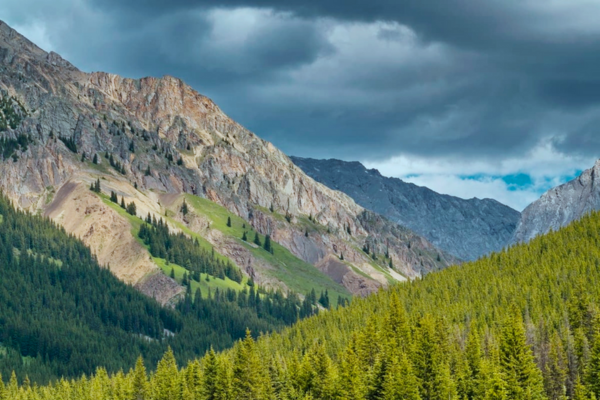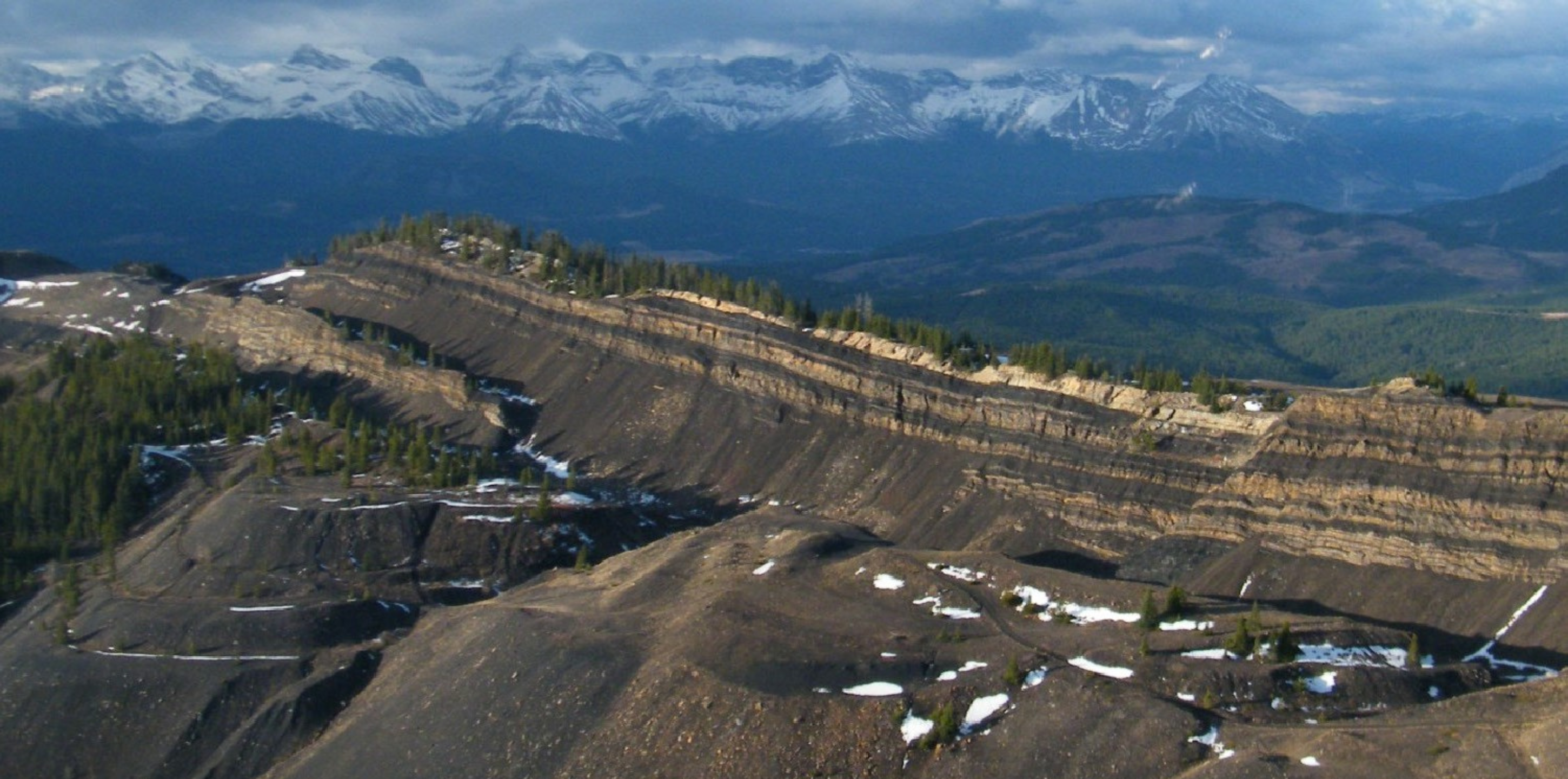In case you received a disheartening (and disingenuous) response when you sent a letter demanding the moratorium on coal be reinstated, here’s a simple guide on how to reply. Remember: It is the job of the Government of Alberta to adequately and appropriately respond to the concerns of citizens.
Let’s hold them to it.
The Minister’s Response — Version 1
From: Minister of Energy and Minerals Minister.Energy@gov.ab.ca
CC: Calgary.MountainView@assembly.ab.ca Calgary.MountainView@assembly.ab.ca; EPA Minister EPA.Minister@gov.ab.ca; Banff.kananaskis@assembly.ab.ca Banff.kananaskis@assembly.ab.ca; Calgary.Glenmore@assembly.ab.ca Calgary.Glenmore@assembly.ab.ca
Subject: RE: Albertans DEMAND a coal-free future!Thank you for your form letter.
Minister Jean agrees with your take on protecting the foothills. That is central to our Coal Industry Modernization Initiative. We are also focused on protecting the headwaters of the Eastern Slopes. They are very important to the future of our province. We agree that providing clean water matters and it is central in our announcements.
I encourage you to inform yourself about the new policy at Coal Industry Modernization Initiative . It includes protections that matter and prohibits mountain top removal mining.
And will not allow any new open-pit coal mines in the foothills.
Thank you for your email.
Our Response to the Minister of Energy and Minerals
No, thank YOU for your form letter. Please be assured that our concerns are no less valid for having been sent through one, and we will continue to make our voices heard.
Albertans’ take has been very clear: NO new coal mine development of any kind in Alberta’s Eastern Slopes. Will Minister Jean commit to this?
How does allowing coal mining in our headwaters provide clean water when there is no available technology that is effective at removing selenium from coal mine effluent to below water quality guidelines for protecting aquatic life? Please provide evidence of your statement in the form of peer reviewed papers that prove that selenium can be prevented at the scale of an operating mine.
Please be assured that we are VERY informed about the new coal initiative, which only consults with industry in order to create a policy that explicitly allows new coal exploration and mining.
We encourage YOU to inform yourself on the results of the government’s 2021 consultation that showed that 70% of Albertans are opposed to any new coal development, and to follow that directive.
Moreover, while we appreciate the sentiment, the truth is much less transparent, and straightforward, than no “new open-pit coal mines.” MANY other types of mining that the Minister has indicated will be allowed cause serious damage to lands and waters. No coal means no coal development of ANY kind.
We look forward to your reply specifically addressing the points I have raised and committing to no new coal.
Sincerely,Tens of thousands of concerned Albertans
The Minister’s Response — Version 2
From: Minister of Energy and Minerals Minister.Energy@gov.ab.ca
Cc: Office of the Premier Premier@gov.ab.ca
Subject: RE: Copy of: Protect Alberta’s Eastern SlopesThank you for your email regarding the Coal Modernization Initiative, I am pleased to respond on behalf of the Government of Alberta.
Government is tasked with overseeing responsible resource development for the benefit of all Albertans. We cannot comment on this matter, or any other matter, that is before the courts or other decision-making processes.
That said, I am pleased to share that we are declaring a new policy direction — the rigorous Coal Industry Modernization Initiative (CIMI) — to develop a modern, long-term legislative framework that guides responsible coal mining practices and substantially increases coal royalty rates for Albertans.
Protecting our air, land, and water, balanced with creating conditions for economic growth, will be our first principle in this work. This means that, when deciding if and where coal mining is allowed, protecting our water ways from selenium leeching, and ensuring long-term reclamation will be our primary concerns. Land-use planning and direction related to where coal may be developed is led by my colleague, Honourable Rebecca Schulz, Minister of Environment and Protected Areas, and I look forward to working with her on this file.
Alberta has established new surface water quality management frameworks for the North Saskatchewan, Battle, and Upper Athabasca rivers aimed at protecting water quality and managing cumulative effects.
To ensure Albertans are fairly compensated for the development of this important natural resource, we will be raising the coal royalty rates significantly on new coal mines.
With the recommendations of the Coal Policy Committee as our guide, through 2025 we will engage directly with the industry to develop a new, comprehensive coal policy. We foresee that in late 2025 we will be proposing significant amendments to the Coal Conservation Act, the Mines and Minerals Act, and other associated regulations, rules, and directives to achieve the desired objectives.
Modernizing Alberta’s management of coal resources is a complex undertaking, and we recognize the strong interest from communities. We are committed to protecting our waters, protecting the foothills, and protecting taxpayers.
Thank you again for sharing your views on this important issue.
Sincerely,
Brian Jean, K.C., ECA
Minister
Our Response to the Minister of Energy and Minerals
The very nature of coal mining in this landscape is not responsible given the irreplaceable value for water, species, and sustainable livelihoods, and the incredibly high risk of long-term damage, pollution and reclamation liability.
When it comes to coal there is no balance. There is actually protecting air, land and water, or there is risky and damaging coal development. Albertans have clearly said the benefits of intact landscapes outweigh the risks of coal.
Please provide evidence of your statement: “This means that, when deciding if and where coal mining is allowed, protecting our water ways from selenium leeching” in the form of peer reviewed papers that prove that selenium can be prevented at the scale of an operating mine.
Please also expound on how this is applies to existing coal mines in Alberta that continue to release selenium and other contaminants that greatly exceed guidelines for aquatic health.
How will you ensure long-term reclamation? According to experts there is substantial uncertainty about whether a coal mine site at high elevation in the southern Eastern Slopes could ever be properly reclaimed.
Coal mining results in significant changes to topography, soils, vegetation, and water courses, and can leave behind pit lakes, waste rock dumps, and sources of water quality contamination that have proven challenging to remediate. Alberta already faces a substantial reclamation liability from existing and past mines, adding additional risk to Albertans is financially irresponsible.
Land-use planning is incredibly important. However, while the South Saskatchewan Regional Plan was released in 2014, it does not address the issue of whether coal is an appropriate land use. It does however state that “Watershed management and headwaters protection is the priority for both water supply and water quality”. Land-use planning has not been completed in the North Saskatchewan, Upper Athabasca or Upper Peace regions.
How do these frameworks protect water quality? In Alberta there are no binding regulations on selenium release, either at a provincial level or at a federal level. At a provincial level, the Alberta Energy Regulator is responsible for oversight of coal mines but does not set release limits for selenium in wastewater. While selenium concentrations are monitored and reported to the AER, there are no compliance or enforcement actions related to selenium released in coal mine effluent.
With respect to fair compensation for Albertans: What is fair compensation for long-term damage to our water supply, reclamation liability, and impact to agri-food, ranching, tourism and recreation economies? These landscapes are priceless and cannot be sacrificed to short-term interests.
We encourage you to read the recommendations of the Coal Policy Committee and the results of the 2021 public consultation. The CIMI blatently disregards these recommendations that indicated 70% of Albertans do not want ANY new coal development.
In 2022, more than 50 organizations, businesses and municipalities released A Coal Policy for Alberta: 2022 and Beyond, based on the Coal Policy Committee consultation reports. That citizen Coal Policy supported a complete ban on new coal exploration and development across the province. The CIMI should implement these widely endorsed recommendations.
Will you commit to a permanent ban on all new coal development as directed by Albertans?
We look forward to your reply specifically addressing these questions and committing to a permanent ban on new coal development in Alberta’s Eastern Slopes.
Sincerely,
Tens of thousands of concerned Albertans
More News

All-Seasons Resort Policy Released

Critical Habitat and Industry Lobbying Part 4: How DFO Allows Critical Habitat Destruction


